Boo. Did I surprise you?
Does anything about Halloween surprise you anymore? Like all the big celebrations in the calendar, it has long since been formatted into a consumerist extravaganza that’s trailed for so long—Halloween season in Disneyland kicks off in August—that when the day finally rolls around, excitement has been tempered with a dull sense of inevitability. The same sweets, costumes, film reruns. Even this critique of Halloween is old hat.
I mentioned films. Animation has its own Halloween canon, though it’s a little narrower than the live-action one. Scooby-Doo has been gently spooking us for more than half a century. The Nightmare Before Christmas (1993) cleverly shotgunned places on both Halloween and Christmas schedules, and justified them by being a very good film. More recently, a loyal fanbase has gathered around Cartoon Network’s atmospheric Over the Garden Wall (2014). And then there’s The Simpsons (1989–), which gives us an annual parody of the whole genre in the form of its “Treehouse of Horror” episodes.
Regular readers will know about my fondness for animated horror. Now that I’ve done my grumbling, I thought I’d make the most of Halloween by coming up with a watchlist of my own—one that looks beyond the canon (while still finding room for a firm classic or two). Animation can frighten us in very specific ways, and writers and directors over the years have probed the question of what fear is from all angles. This list, I hope, provides a sample of that variety.
I’ve grouped my films and series into four categories. Each features a main pick, followed by another of the same type for those in the market for a double bill. No tricks here: they’re all treats. Enjoy—and if you have a recommendation of your own, please do leave a comment below.
The literal options
Stories that feature Halloween
Cowboy Bebop: The Movie (Shinichiro Watanabe, Japan, 2001)
This rollicking action film, a spinoff from the series (but accessible enough to newcomers), makes for a fun bit of Halloween counter-programming. The only monster—a biological weapon consisting of nanomachines—is invisible, and the only “ghost” is the spectral figure of Vincent, the tormented, hallucinating terrorist who wields said weapon.
Yet Halloween is central to events, the story opening on the eve of festivities—Halloween ‘een, if you will—and culminating with a pumpkin-packed parade through the avenues of the film’s fictional metropolis. The spiritual symbolism of the day speaks to Vincent, who’s had one foot in the land of the dead ever since being subjected to a brutal scientific experiment. He sees the world he inhabits as a kind of purgatory. As he tells his associate: “In olden times, Halloween was the day when souls in purgatory could reach heaven by praying. Start praying.”
It's the Great Pumpkin, Charlie Brown (Bill Melendez, US, 1966)
No counter in this programming: Pumpkin is the ultimate Halloween special, at least in the States, where the it has been a staple of holiday viewing since it first aired. There’s no real fear here—just delightful Schulzian existentialism, and the awe Linus feels at the thought of the Great Pumpkin. To think that he’s been waiting in his vegetable patch for the mythical gourd to appear for more than half a century.
The defanged options
Kid-friendly chills
Frankelda’s Book of Spooks (Arturo and Roy Ambriz, Mexico, 2021)
Mexico, land of the Day of the Dead, home to a flourishing animation scene, needs a place on this list. This stop-motion series of five ghastly fables is just the ticket. In each episode, a lonely child encounters a monster who articulates the child’s problems to them. Typically, there ensues some kind of Faustian pact that ends badly, of course, for the child. These spooky morality tales are narrated by Frankelda, the ghost of a girl whose own tragic backstory is related in the final episode. There is subtle subtext about the erasure of women’s contributions to the history of fiction writing.
Gloomy as this sounds, the whole thing is told with a bright spark of mordant humour and an exuberant style. The designs are playful and interesting, and the monsters often break into song. There is quirk aplenty: one child is ostracised because she plays the theremin (which, with its eldritch wails, is the ultimate Halloween instrument). The Ambriz Brothers are among the most individualistic directors of animation in the country right now; I’d also recommend their ambitious historical film Revoltoso (2016), which we premiered on Cartoon Brew when I was an editor there. Meanwhile, a feature spin-off from this series, Frankelda and the Prince of Spooks, is on the way.
Little Vampire (Joann Sfar, France/Belgium, 2020)
The little vampire of the title has been undead for 300-odd years, most of which he’s spent holed up in a mansion with a menagerie of cute ghouls. He’s beginning to tire of this “life,” which revolves around a regular horror film club (the Hammer production of The Hound of the Baskervilles is a favourite). Little Vampire suggests, in the sweetest way, that immortality might not be all that fun; the film itself, though, is entertaining all the way, and has a touch of Sfar’s eccentricity.
The grisly options
Decidedly kid-unfriendly chills
The Secret Adventures of Tom Thumb (Dave Borthwick, UK, 1993)
Here is a stop-motion feature shot in Bristol a full seven years before Chicken Run. Yet The Secret Adventures of Tom Thumb is rarely recognised as the pioneer it is—or indeed talked about much at all. Perhaps it’s just a tad too twisted for the mainstream. There is a grotesque streak in the Tom Thumb folktales, particularly the early variants. This cult film exploits that wonderfully, putting the homunculus through a series of strange and unsettling encounters, including a trip through a monstrous laboratory and a deeply disquieting final reunion (of sorts) with his parents.
Tom Thumb combines puppet animation with pixillation (stop motion with human actors instead of puppets). The production is full of character: little Tom Thumb is just the right balance of freakish and cute and, as the filmmaker Joseph Wallace once said to me, the pixillated performances are unusually emotive. The dark surrealism and backdrop of mechanical gloom bring Eraserhead to mind, but the film’s atmosphere is ultimately its own. Bizarrely, Tom Thumb grew out of a short commissioned by the BBC for a Christmas slot. The Beeb must have got its holidays mixed up: this is pure dystopian horror.
Mad God (Phil Tippett, US, 2021)
Tippett made his name as a creature specialist, contributing effects to Robocop and Jurassic Park among others. In Mad God, his freewheeling passion project, his monsters run wild, untethered by the logic of Hollywood storytelling. The result is sickening, a little baffling and full of charisma.
The quick options
Shorts to cram in between visits from trick-or-treaters
Kali the Little Vampire (Regina Pessoa, Portugal/France/Canada/Switzerland, 2012)
The second little vampire in this list is a more melancholic figure than the first. Across a trilogy of short films, Pessoa painted—“engraved” might be a better word—a highly distinctive landscape of childhood troubled by fear and isolation. While her first two shorts, A Noite (1999) and Tragic Story with Happy Ending (2005), toy with horror imagery, her third places the trope of the lonely monster at the heart of things, weaving a fable about a young vampire ostracised by other children.
Pessoa’s style is suited to shadows and solitude. Her films use colour sparingly and are densely textured with rough etched lines; the filmmaker Andreas Hykade once described her to me as “the queen of scratch.” Her brooding images are made for things to lurk in. Kali the Little Vampire powerfully deploys the odd splash of red, but it is essentially a study in light and dark. This motif runs through the script as well. “I’m a vampire,” says Kali in voiceover. “I live in the shadows. Here, even the tiniest light is a gift of wonder.”
Notes on Monstropedia (Koji Yamamura, Japan, 2016)
The versatile Yamamura knows how to tell a story with an absurdist flavour, as in his great Mt. Head (2002), but he also excels at whimsical exercises. A fine example of the latter is this animated bestiary of imaginary critters, ranging from unhappily conjoined frogs to a birthday cake with a ribcage. A good alternative source of costume inspiration.




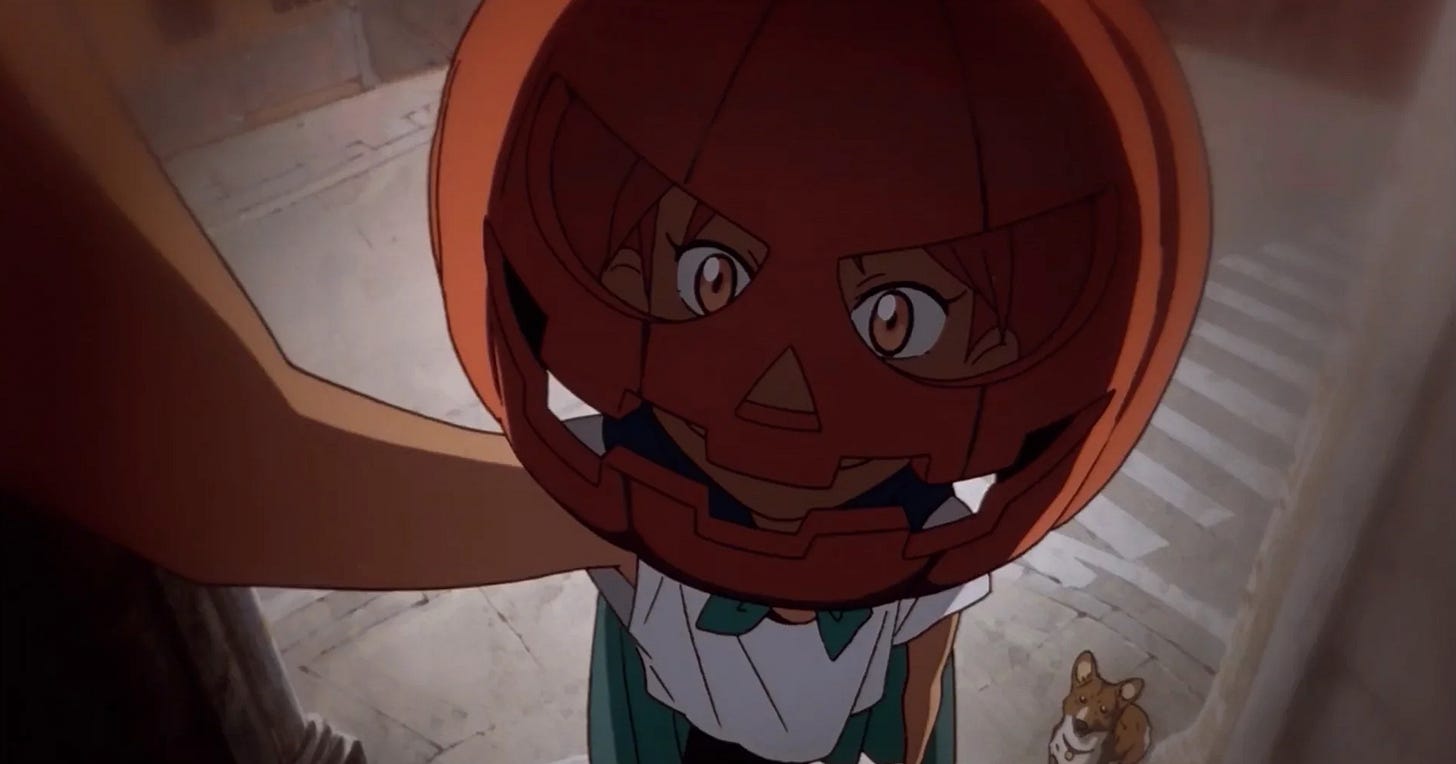
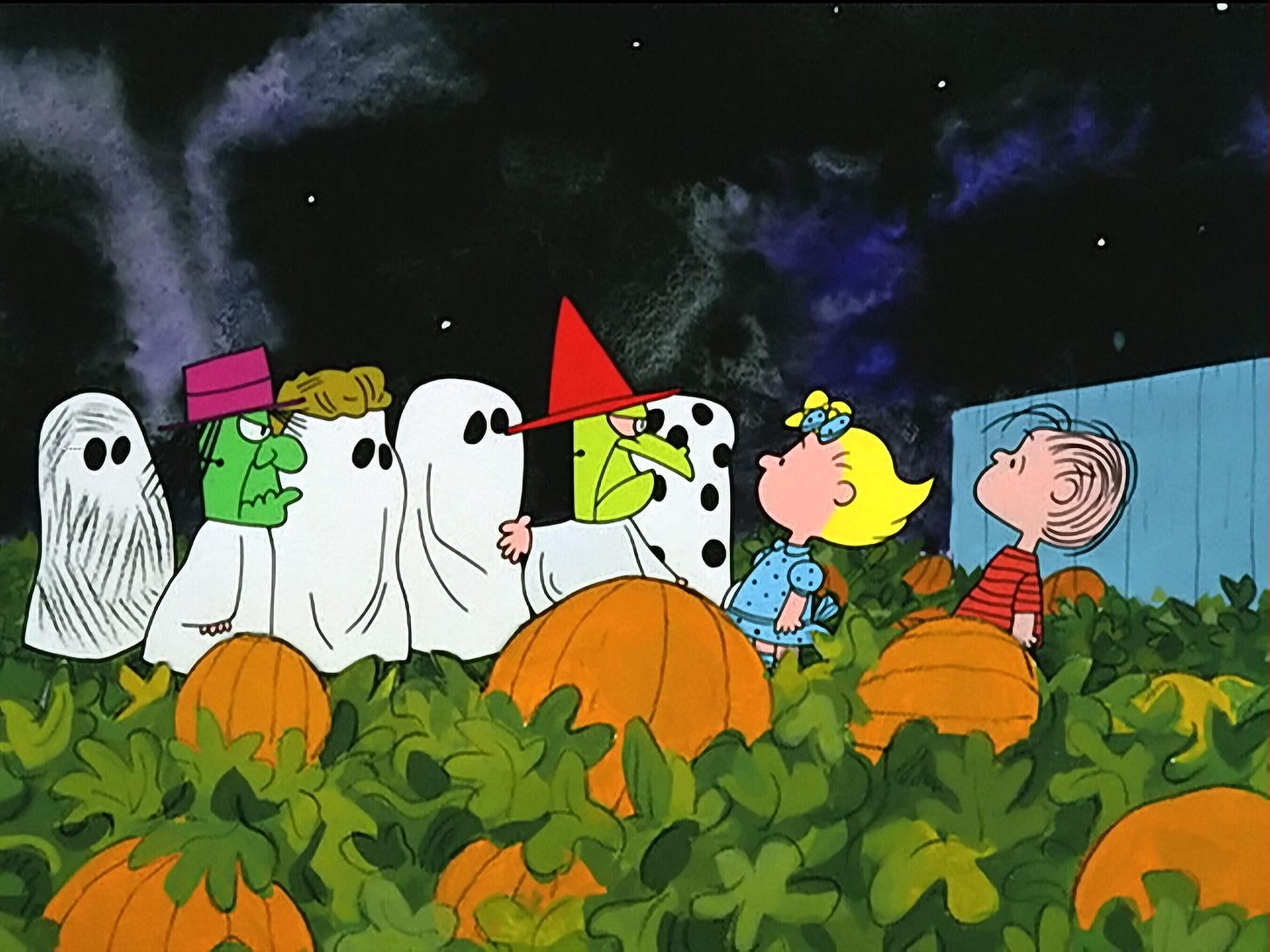

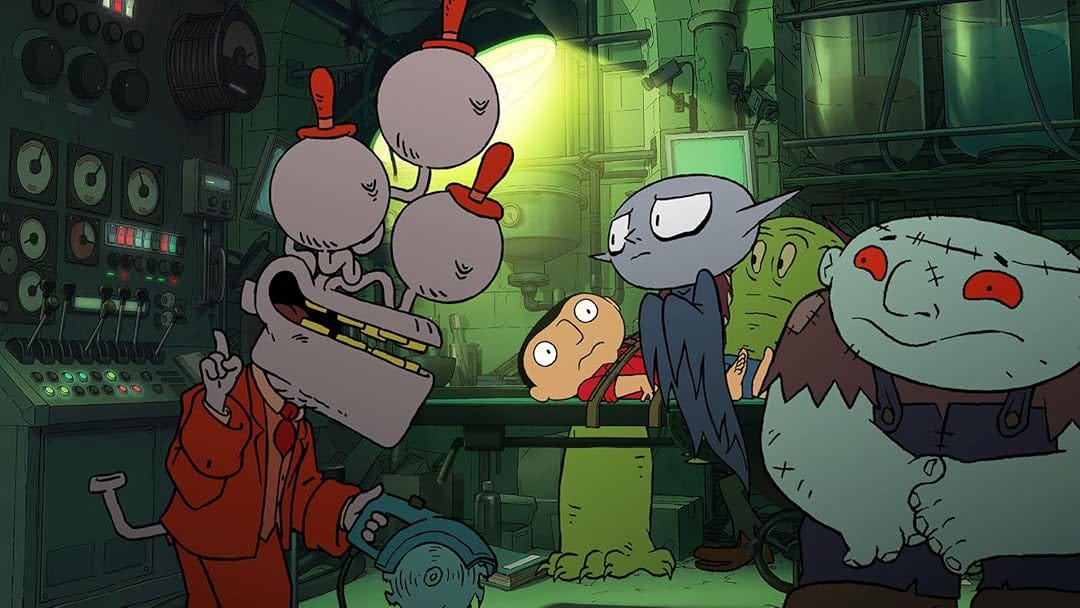
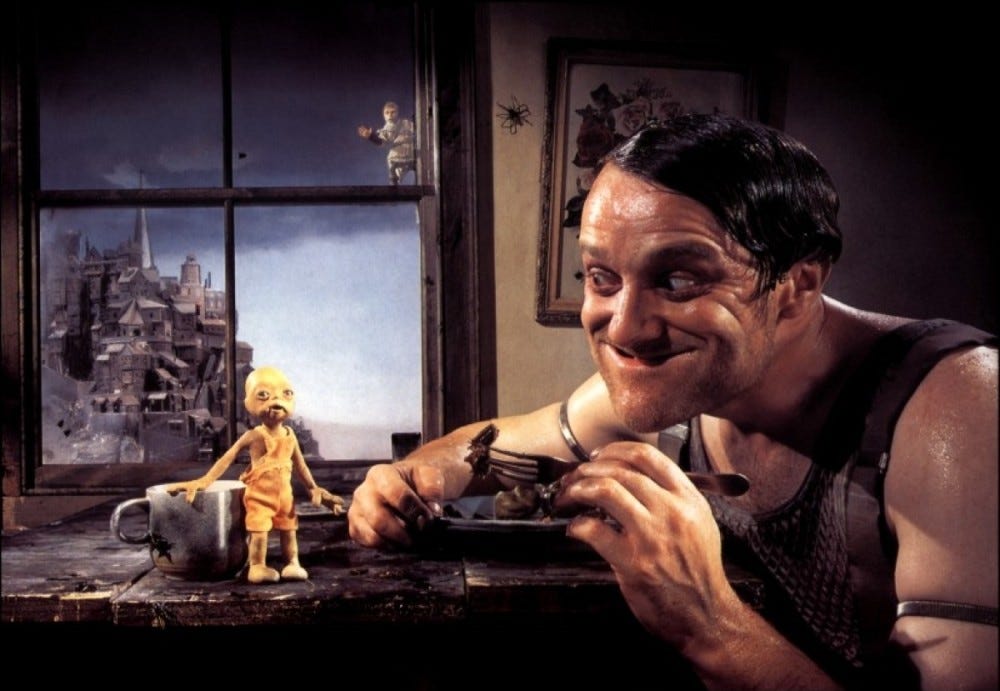
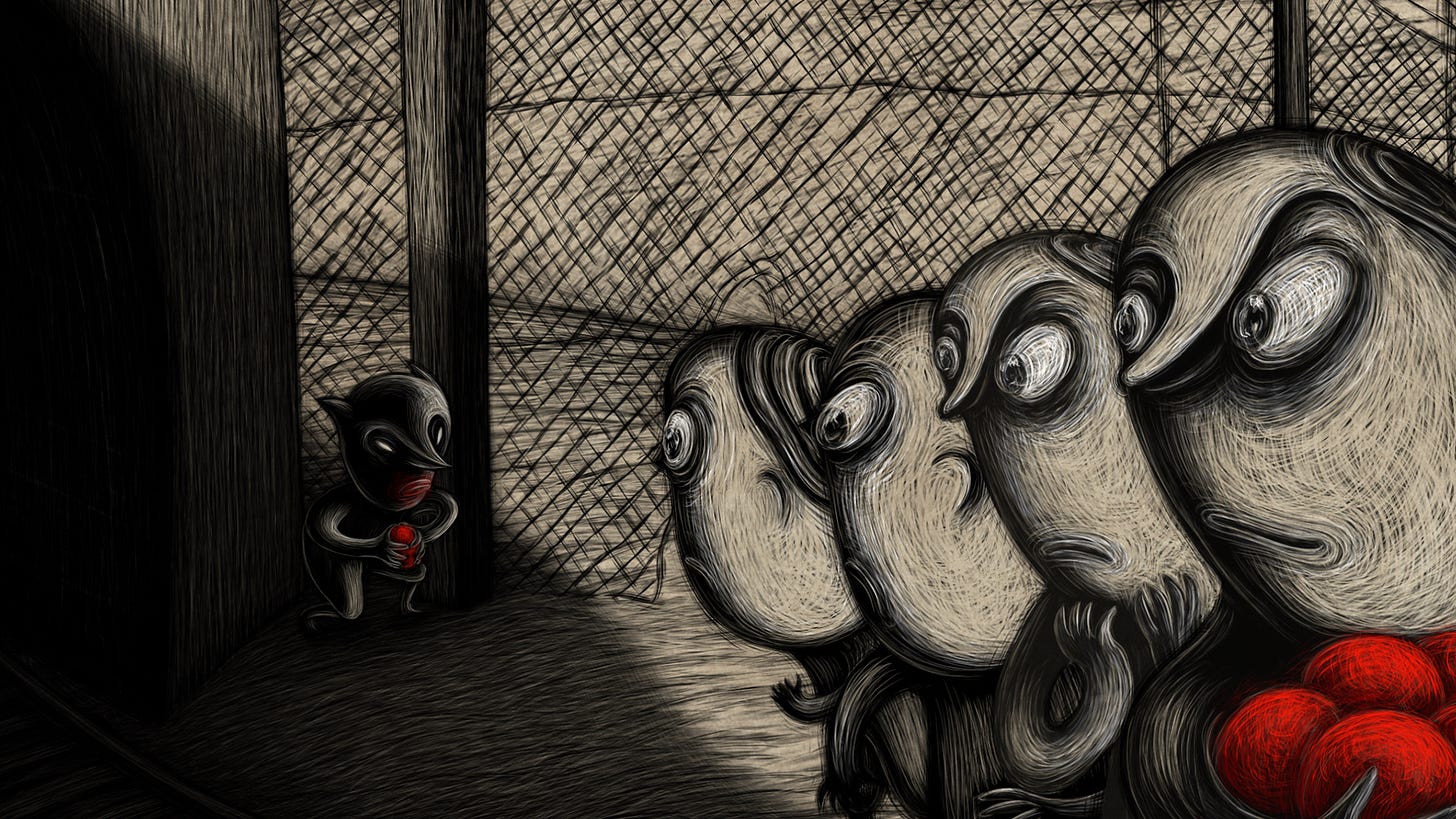
Thank you for compiling a list of less known movies, I wanted to watch an animated movie tonight but I didn't know what to watch, this list helped a lot
I rarely see this get mentioned but Grizzly Tales for Gruesome Kids is such a good horror series for children, and some of the stories are actually scary